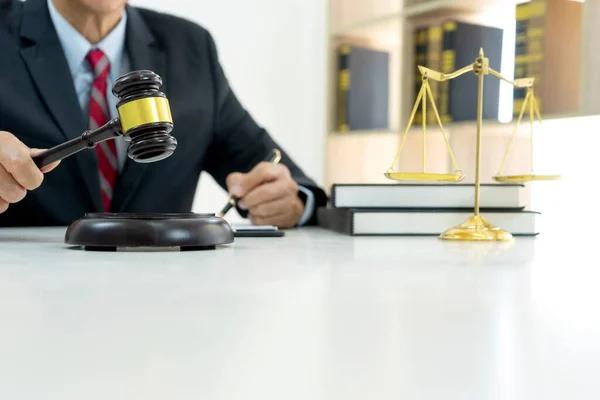Personal injury attorneys play a crucial role in representing individuals who have suffered physical or psychological harm due to the negligence of another person, company, government agency, or other entity. One of the key tools they use in building a strong case is surveillance footage. This form of evidence can be instrumental in determining the truth about an incident and providing solid proof to support their client’s claim.
Surveillance footage comes from various sources such as CCTV cameras installed in public places, dash cams from vehicles, body cams worn by police officers, or even personal mobile devices. These videos can capture accidents as they happen and provide a real-time account that is free from human error and bias.
The first step for attorneys after obtaining surveillance footage is to authenticate it. They need to prove that the video has not been tampered with and accurately represents the events as they occurred. This usually involves working with experts who specialize in digital forensics.
Once authenticated, lawyers analyze this footage meticulously looking for any detail that could help their client’s case. For example, if someone claims they slipped on a wet floor at a supermarket causing them severe injuries; video evidence might show whether there were “wet floor” signs present at the time of the accident or not.
Moreover, surveillance footage can also help determine liability accurately by revealing actions leading up to an accident. If someone was texting while driving before colliding with another car; this would clearly show fault regardless of what either party says afterward.
However, it’s important to note that while beneficial when available and clear-cut; surveillance footage isn’t always perfect evidence. Sometimes videos may be grainy or unclear making it hard to discern exactly what happened during an incident – there might also be issues regarding invasion of privacy depending on where cameras are located and how they’re used.
Furthermore, just as much as surveillance can aid plaintiffs’ cases; it can also assist defendants too – especially insurance companies seeking reasons not pay out claims. They often use surveillance to prove that claimants are exaggerating or even faking their injuries.
Despite these potential drawbacks, the importance of video evidence in personal injury cases cannot be overstated. It provides a tangible and often irrefutable account of incidents, which can significantly influence the outcome of a case. Personal injury attorneys understand this value and go to great lengths to obtain and properly utilize such footage for the benefit of their clients.
In conclusion, surveillance footage has become an integral part of personal injury litigation. As technology continues to advance, it’s likely that its role will only grow more significant over time – making it even more essential for lawyers to stay up-to-date with how best they can leverage this tool in their pursuit for justice.
Munley Law Personal Injury Attorneys
609 Hamilton St, Allentown, PA 18101
16108577424




